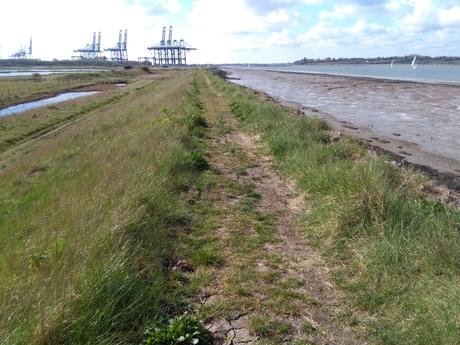Have you read Smarter Screens by Shlomo Benartzi? It’s something I’ve just finished and just wanted to take the opportunity to share some thoughts. The ideas in it didn’t come across as strikingly original – that coup went to Thinking Fast and Slow, which brought to our attention how badly but sort of efficiently we evaluate our choices and make decisions. Smarter Screens went over the same ground but through the lens of what this looks like in the digital environment. But – there is a but – Smarter Screens is still valuable as it is more literally useful. It’s full of practical examples, tools and recommendations of how to address the challenges it outlines.
Now I must confess that, for once in my life, I am in working in a setting where the business actually builds and makes things (I am not just peddling shiny ideas and fine fads). The company is digital-only, which mean that its site is the company, and therefore should be optimised, in particular given that it is product category (pensions) which won’t naturally engage people and on which they don’t tend to be willing to spend time. But now I’ve realised that it won’t be that straightforward to apply the very sensible ideas from the book. You can’t really just start over and scrap a site, saying it is too complex, too full of links, the aesthetics are not displaying the right finely tuned balance of contrast in terms of text versus white space and contrast colours, and more. It’ll probably be a case of ‘pick and mix’ coupled with a bit of ‘muddling through’.
So what did I come across that stood out? Here are five things:
- We are more impulsive online. We are just less good all round at making decisions, and this even goes back to the basics of performing less well at reading and comprehending text compared to reviewing the equivalent information on paper. That’s rather concerning if you think about how much we now decide based on looking through what’s been displayed on a screen. And this is where the rather counterintuitive idea of creating deliberate ‘disfluency’ (making information harder to review so that it forces people to spend longer and think harder about it). Sounds fancy, but could be delivered pretty simply, for instance, by using a font that harder to read.
- We are more ‘disinhibited’ online. We will order less healthy food and are ruder. That all seems like it’s negative, but there are situations where being less concerned about what people think can be used for the good. Think about when someone is faced with trying make decisions about their finances but aren’t too sure what the difference is between drawdown, an annuity, guidance versus advice etc and whatever other jargon and big concepts that might be thrown at people who probably can’t remember anyway what pensions they have got scattered around and who they’re with.
- We don’t mind having to go more than three clicks if we ultimately find what we really want and complete our decision. This is worth bearing in mind as it suggests that a more nuanced approach to what might be perceived as ‘clutter’ is required. Letting people take a bit longer – the author talked about studies which involved 25 links – is fine, so long as the outcome is successful. Worth noting that this includes maintaining desktop and mobile sites, as well as posting social media
- We need help with actual thinking, not just support with working through information (through better info architecture), and not just support with making decisions (through using behavior architecture). People struggle to think of what they ultimately want – what the destination is – and so being forced to think some suggestions will help. It’s about prompted ranking systems; top up lists; what should people be asking themselves that they are not. These are all Big Things but so much less scary when they’ve just been turned into sets of lists to tick or pass over.
- Now there were some ideas that didn’t quite convince. I am not sure trying to get people to connect with their future self a bit literally works. I’m thinking of a tool that is available on the Scottish Widows website which shows you what you will look like based on the age you can expect to retire given your desired income in retirement and current savings rates. I think it’s meant to shock – by letting you see how old (and ‘past it’!) you will be by the time you can stop working if you don’t save more now, and therefore you are, of course, galvanised into putting more aside. I just looked silly and then started to think about whether I spend too much time in the sun, causing all this skin damage, rather than how to reach the stage when I can stop working and not look so haggard. Or maybe the tool assumes everyone has really stressful jobs!

